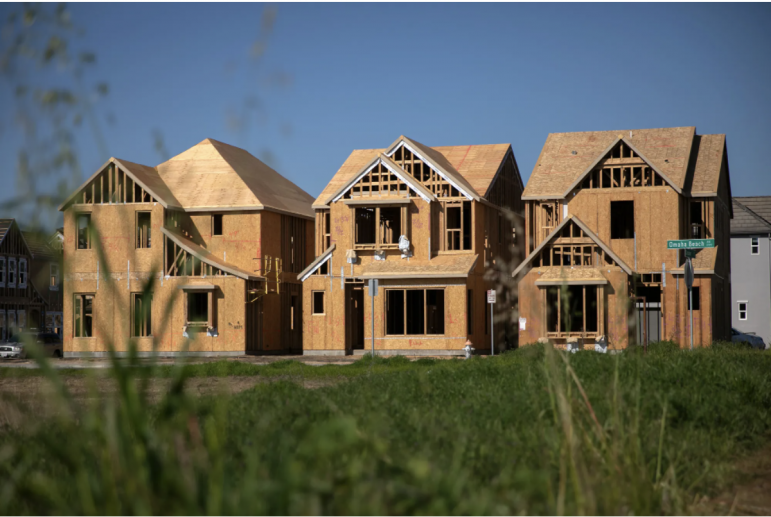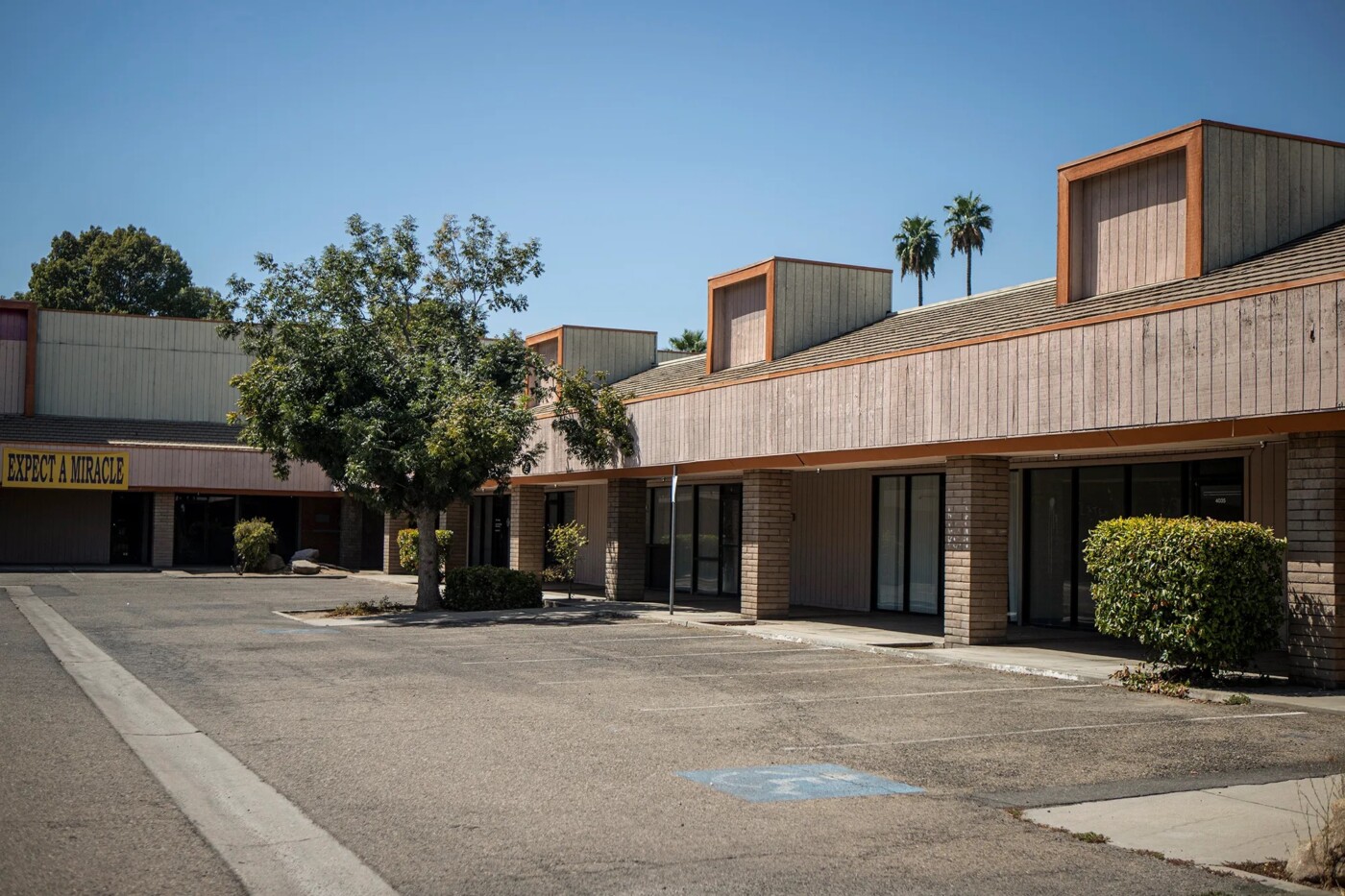For years, California state lawmakers have tried to reconcile warring views on what labor standards should be required of developers who’d be allowed to build housing more easily and quickly to combat the housing crisis.
Most recently that debate has splintered organized labor over two bills that both unlock commercial real estate for residential use. The Senate’s bill has the backing of the powerful state Building and Construction Trades Council, while the Assembly’s bill counts on support from affordable housing developers and the state’s Conference of Carpenters. The Legislature’s progress on housing for this session was framed as recently as last week as a battle between these two forces over the bill in the Assembly.
But following weeks of tense negotiations between the two unions over the labor provisions in the Assembly’s bill, the labor groups failed to hammer out a compromise.
So instead of choosing sides, leadership in the state Assembly and Senate simply gave their seal of approval to both bills.
They opted to give developers two choices if they want to build housing where strip malls once were: Comply with stricter affordability standards or stricter labor standards.
Or, to echo an Old El Paso taco commercial, ¿Por que no los dos?
Senate Pro Tem Toni Atkins, a San Diego Democrat, called the two-bill package “a monumental legislative agreement, and one of the most significant efforts to streamline and amplify housing production in decades.”
If passed, both bills would apply to overlapping sites — and leave the choice of which policy to use in the developer’s hands.
“What I think the package represents is leadership from both sides, the Assembly and the Senate, saying, ‘Both these bills are critical. We’re going to get both these bills off our floor. And we’re going to move this to the governor’s desk,’ ” said Assemblymember Buffy Wicks, the Democrat from Oakland who authored the Assembly bill.
Both bills make it easier to build housing in now-empty stores, potentially leading to more than one million housing units across the state.
Wicks’ Assembly Bill 2011 more narrowly targets infill building along heavily transited commercial corridors. Under her proposal, a developer would get to build housing “by right” — which means skipping lengthy and costly local review processes, including the much-dreaded California Environmental Quality Act, or CEQA — as long as they paid workers union-level wages and offered health care benefits, among other requirements.
Senate Bill 6, by Sen. Anna Caballero, a Salinas Democrat, would knock down one key barrier to building housing in commercial sites — rezoning — but leave in place many of the other forums for local government input on housing projects. To take advantage of the rezoning benefit, developers must use a skilled and trained workforce, which effectively means a portion of the workforce must be union labor. In a noteworthy concession from the Trades, Caballero’s bill was amended Thursday to say that if developers don’t get at least two bids on a project, they can move forward with it anyway — as long as they pay union-level wages.

“This is a huge victory for residential construction workers across the state, whether they be… part of a union or not,” said Erin Lehane, legislative director for the Trades.
Asked whether the Trades would continue to oppose AB 2011, as they had previously stated, Lehane said, “Now we’re putting all of our effort into supporting SB 6.”
Besides labor standards, the main difference between the two bills is affordability. Under Wicks’ bill, at least 15% of housing units in a building built by-right would need to be deed-restricted affordable — either for purchase or rental — to low income households. Alternatively, 8% of units would need to be affordable to very low income households, and 5% would be affordable to extremely low income households. Under a third option, 100% of units would be affordable.
Caballero’s bill cut down its original 15% affordability requirement to 0 — and was renamed the Middle-Class Housing Act to reflect that. Still, Caballero said a local government can impose affordability requirements if it wants.
“Every single interest group has a different interest and bills get hacked to death sometimes in the Legislature by 1,000 cuts,” Caballero said. “The affordable housing advocates want real high affordability. Developers don’t want real high affordability because then it becomes cost-prohibitive. The unions want good labor standards…. In the end, we decided to do two bills that do two different things that will create an opportunity for everybody to get something that they like.”
Lawmakers originally hoped this year’s negotiations might put an end to the years-long debate over labor standards that has killed multiple housing bills in previous years. That didn’t happen.
“There wasn’t any real room in our bill for a meeting of the minds about whether our bill would include a standard that we thought was unreachable and functions as a barrier,” said Danny Curtin, director of the California Conference of Carpenters, which co-sponsored AB 2011.
Now, lawmakers want to leave it to the market to decide which labor standards are more feasible. The bills are expected to be voted on next week in their houses, and return to the other house for a concurrence vote by Aug. 31.
“We’re going to see pretty quickly how the different models work,” Lehane said.
